


Want to work with us ?
Contact me to discuss your ideas.
His software is here: rMaverick

Genetic
Divergence
I develop Bayesian methods to draw inferences from genetic data about the action of selection, population history and gene flow in shaping the distribution of genetic variants.
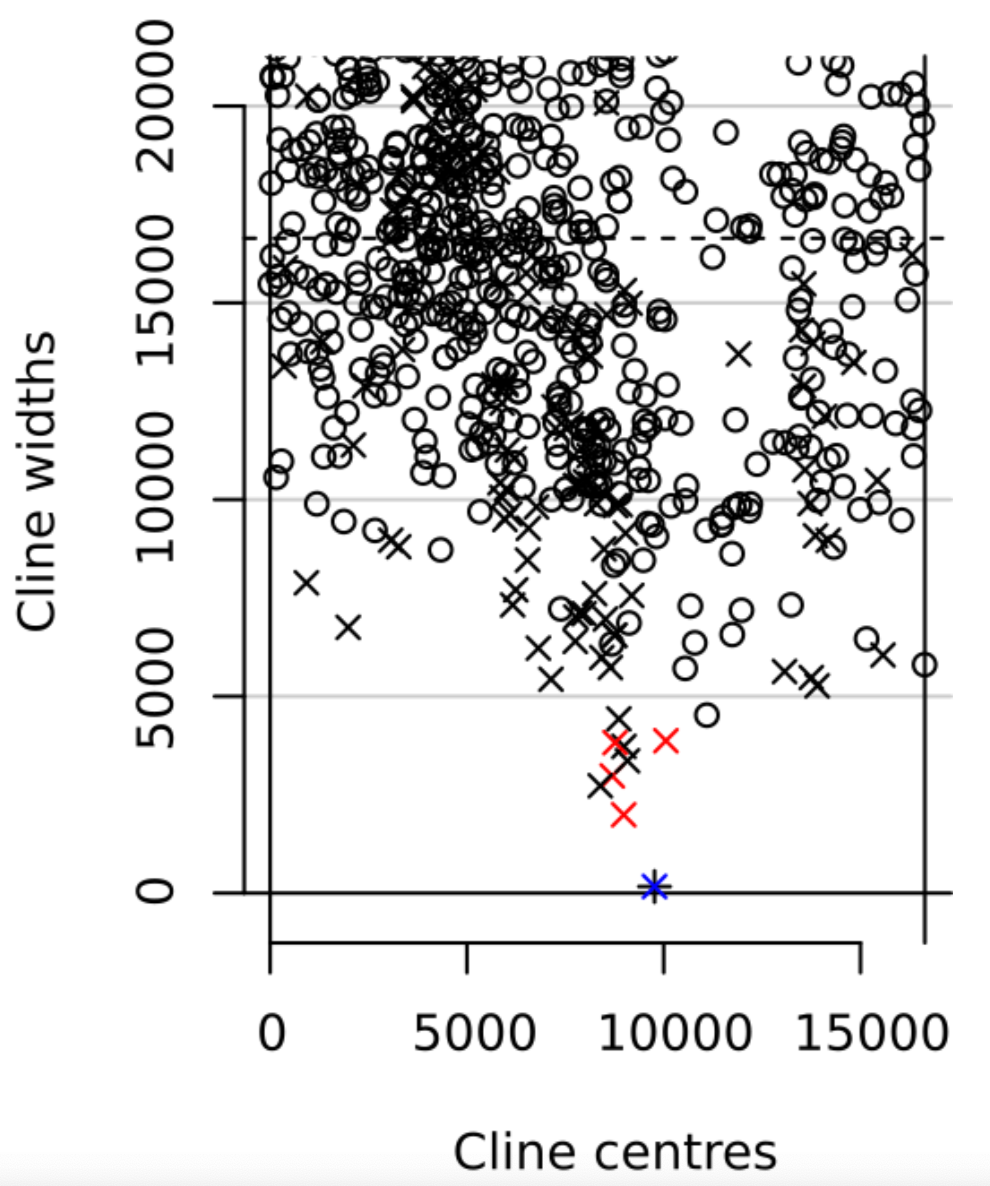 Hannes Becher has evidence
of excess selection on the sex chromosomes (points marked x)
in a genome wide survey of an alpine
grasshopper hybrid zone.
Hannes Becher has evidence
of excess selection on the sex chromosomes (points marked x)
in a genome wide survey of an alpine
grasshopper hybrid zone. (photos of Podisma pedistris
& the French Alps above)
& the French Alps above)
Aussie colleage Clare Holleley showed that existing theory of effective population size could not explain the changes in genetic diversity in lab populations of Drosophila (a heroic experiment with Bill Sherwin UNSW)
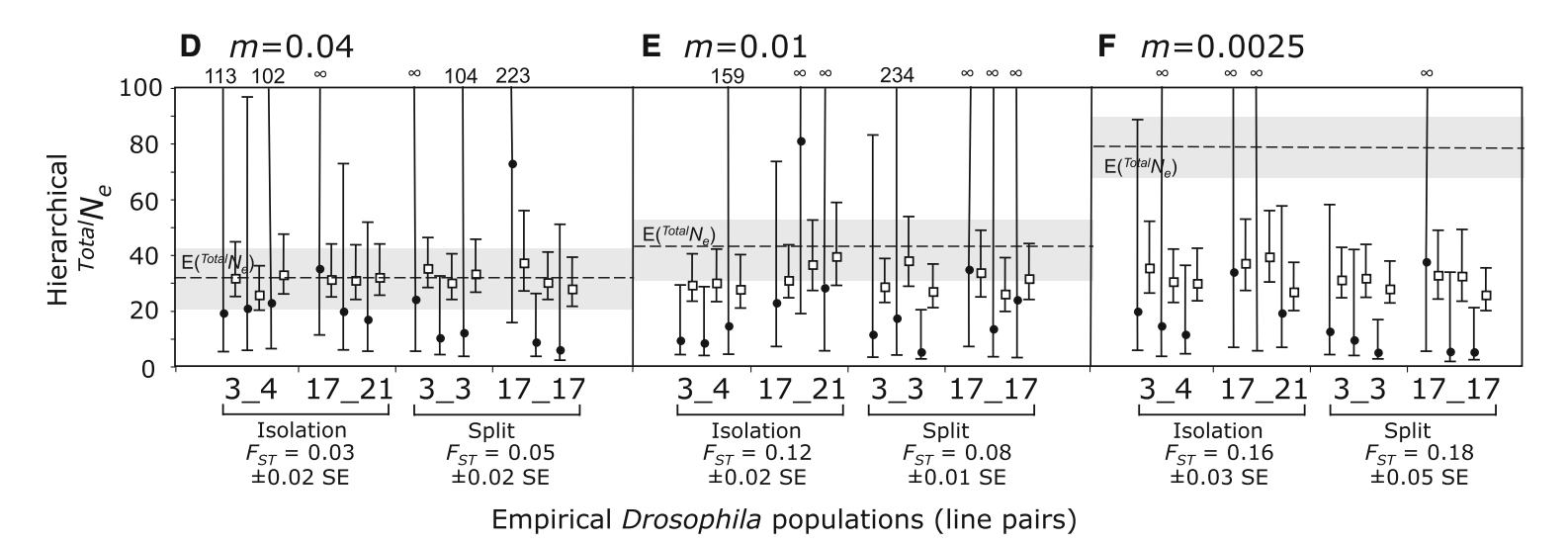
Experimental
Evolution
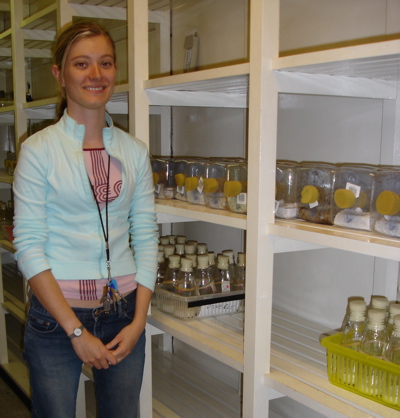
I apply this theory in collaborations with teams who set up evolution in the lab: including cancer cell lines and Drosophila flies
Freddie Whiting is working with Trevor Graham at Cancer Research UK on pleiotropy of drug resistance alleles in cancer cell lines.
UNSW postgrad Luis Mijangos Araujo is exploring associative overdominance as an explanation for the Drosophila results.
Stephen Price combined lab & field studies to show the effect o
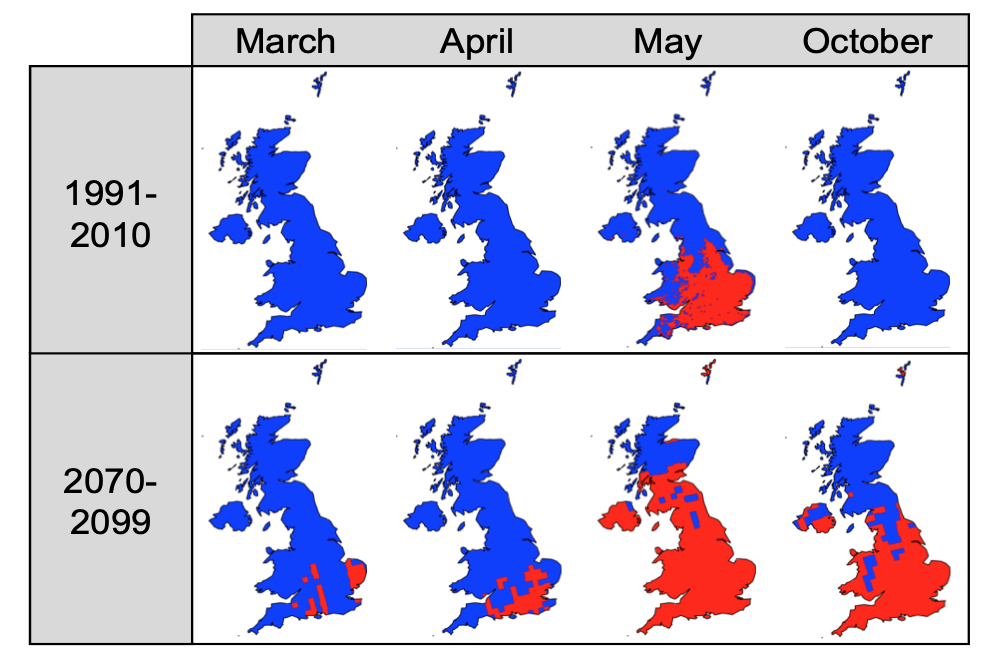 f temperature on the virus,
and hence to propose strategies to limit its spread with
climate warming. (Picture show projected spread of
infections)
f temperature on the virus,
and hence to propose strategies to limit its spread with
climate warming. (Picture show projected spread of
infections)Invasive
disease
I apply 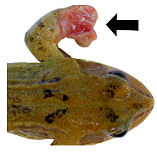 some of these ideas
to study evolution & epidemiology of ranavirus infection
in fish, reptiles and amphibians.
some of these ideas
to study evolution & epidemiology of ranavirus infection
in fish, reptiles and amphibians.(Infected frog)
Charlotte Ford is working on methods for detecting the virus in animals showing no signs of the disease.
Yuhui Niu is looking at the transcriptome of cells infected by strains differing in virulence and in different environments.

Carey Metheringham has shown that genomic prediction can be used to identify ash trees resilient to an invasive disease, in a paper with Richard Buggs & colleagues at Kew.
Genomic
Prediction

Developing new approaches for phenotypic predictions by
combining estimates from thousands of loci, many with
effects too small to be statistically significant
 Joint projects
with Kew:
Joint projects
with Kew:Yann Dussert applies this approach to the resilience to climate change of Ethiopian crops (picture)
Carey Metheringham (See opposite)
Louise Gathercole works on the microbiome associated with Acute Oak Decline.

QMUL Home Page
Essay guidelines

SBCS Home Page